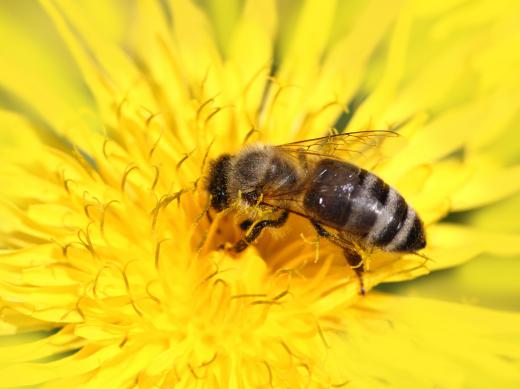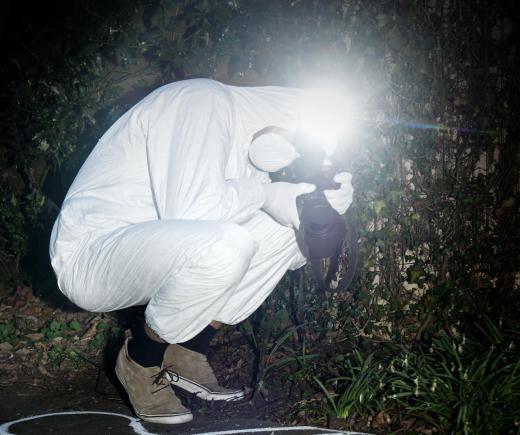What are Milliseconds?
 Mary McMahon
Mary McMahon
A millisecond is one thousandth of a second. This unit of measurement used for time comes up in a variety of contexts, including photography, sports, and scientific experiments. Devices which are capable of accurately measuring a millisecond must be carefully calibrated, and standard timepieces such as watches are generally not capable of measuring time this precisely. People may note that measurements of time are sometimes given in milliseconds or even smaller units of measurement for events which happen very quickly.
The millisecond is part of the international system of units (SI), as is the second, the unit upon which it is based. The second has been formally defined as the amount of time it takes for a caesium 133 atom to move through 9,192,631,770 oscillations. Atomic clocks are used in the scientific community to measure the second, with several clocks synchronizing their output for International Atomic Time. These clocks are also used when periodic adjustments to timekeeping need to be made, such as inserting a leap second.

The flash strobe of a camera flashes for about a millisecond. Likewise, many camera shutter speeds can be measured in milliseconds, as can some biological phenomena such as the wingbeats of flies and bees. The millisecond can sometimes come up in discussions about sports, where athletes at the peak of performance may have times which differ by a fraction of a second, and being able to keep time accurately can be critical when determining the outcome of a match.

In scientific experiments where measuring time can be very important, carefully calibrated timekeeping devices are used to keep track of time while phenomena are being observed, manipulated, and recorded. Many researchers use cameras to record their experiments so that they can play back the events later, and many of these devices can be hooked to a timekeeping device which will automatically create timestamps which can be used for reference.
While the millisecond may seem like an impossibly quick unit of measurement to many humans, there are in fact a number of events in nature which are measured in milliseconds, and this unit of measurement can seen pretty long to some organisms. Plants and animals alike react very quickly to a variety of stimuli as a form of self protection, and for other reasons; for example, plants can eject pollen in milliseconds when they detect that a pollinating insect has landed, ensuring that the insect gets covered in pollen during its brief visit. Likewise, impulses travel along the nervous system in milliseconds so that people can react quickly to sensory input.
AS FEATURED ON:
AS FEATURED ON:












Discuss this Article
Post your comments